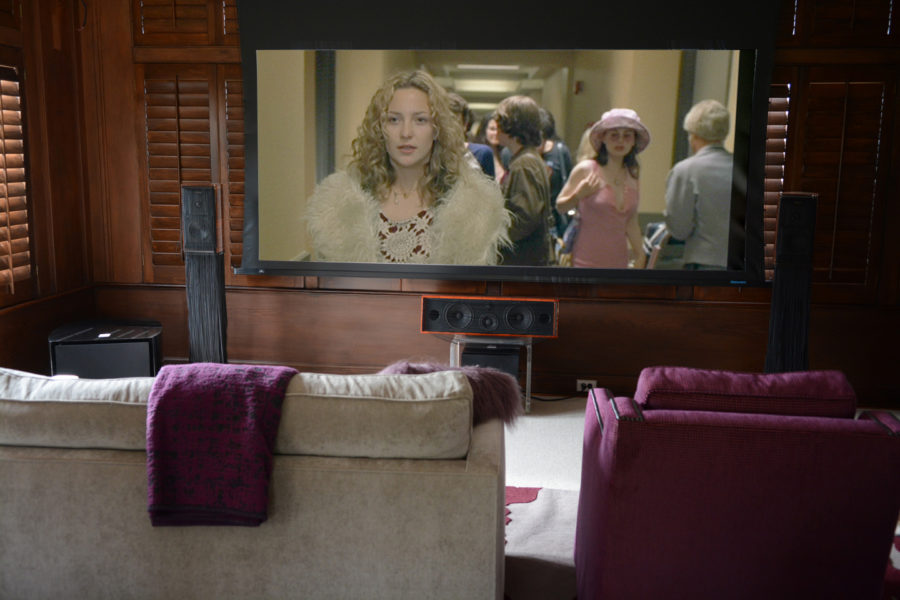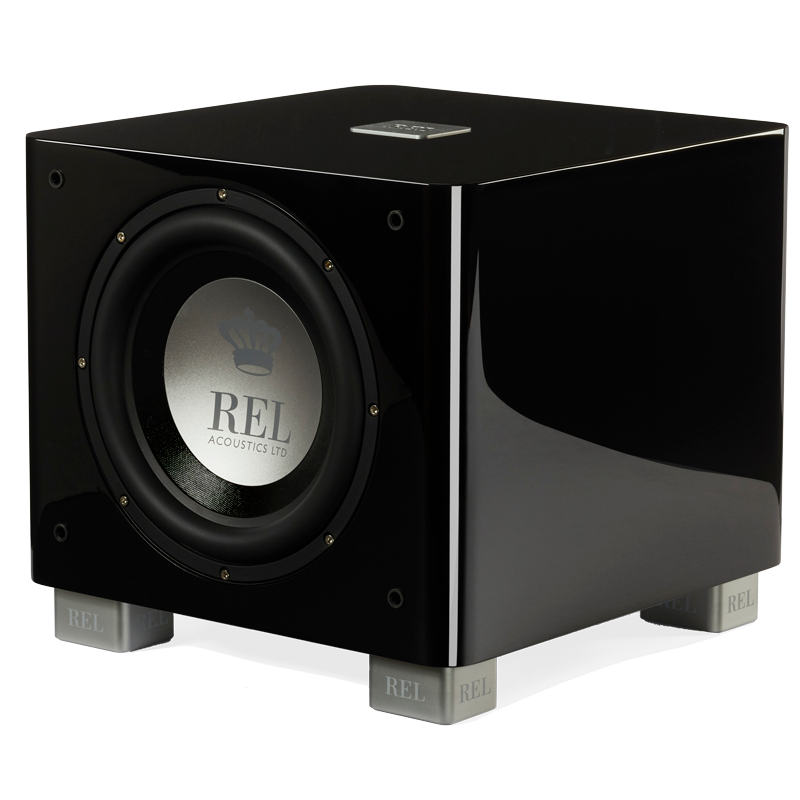Blog
REL 3D
Bringing Professional Theater Home
Setup Deep Dive
We approach the art of film sound reproduction a little differently than most companies. The following is a series designed to teach and guide principles of a proper system starting with basic system construction and prioritization. Along the way, you may be surprised to learn how much of the rich bass you expect to obtain and the resultant 3-Dimensional aural reality that suffuses many great film’s soundtracks actually originates in the 5 main channels and not the dedicated bass special effects channel we call the LFE/.1 channel.
System Construction: Know What You Want.
Let’s jump right into an actual system. This system is a little unusual in its scale, cost and near-vintage composition.
However, apply the basics and you’ll see that its composition and intent mirrors the priorities of many customer’s, in that the owner is after dual use of both high quality music replay AND high quality film sound reproduction. Music, movies, gaming, and sporting events are all enjoyable at a very high level when a system is fully prioritized.
Here’s a quick look at our first system that uses a REL 3D approach. Remember, any system based on RELs can grow into a 3D system so don’t stress about the scope of this particular system if yours isn’t as big and comprehensive. We are always sensitive to delivering lasting value for our customers and the ability to add in a center channel REL and later surround channel RELs is central to this thinking. This modular approach allows you to grow as your understanding of theater and budget permit.
System:
L-R Main Speakers: 1pr. Sonus Faber Guarneri Homage
Center Channel: Sonus faber Cremona Center
Surround Speakers: Sonus faber Electa
Electronics: NAD MASTER Series Pre-Pro
Amplifier: NAD MASTER Series 5-channel
Main Sub: REL G-1 Placed in best structural front corner, connected High Level and.1/LFE.
Center Sub: REL S/2 (today it would be a T/9i) Placed along front 2/3 of front screen wall, connected High Level only.
Surround Sub: REL S/2** Placed opposite rear corner from main sub, connected High Level+.1/LFE.

Note: ALL channels are set to Full Range and individual channels were set for both gains and delays using nothing more technical than the human ear. While we truly admire the efforts of developers to produce room correction software the amount of effort required to obtain optimal results from these systems means that you must possess the microphone placement skills of an advanced recording engineer. If you have these skills, it is extremely unlikely you would need to rely upon room correction software to obtain great results.
 System Review: After hearing the system described above, even though the main speakers use nothing larger than a 5.5” mid bass woofer, most people would find the volume levels attainable borderline painful, yet the system plays without distress and is capable of seamlessly switching back and forth between theater and music with equal facility. The owners report that this aspect—the ability to enjoy virtually any form of modern electronic entertainment without hearing limitations imposed upon their enjoyment—is one of the greatest benefits the system offers. Not a great surprise that Sonus faber’s Guarneri Homage—a speaker legendary for its ability to express nuance and emotion in music– does so in spades in this application. Underpinned by a G-1, the sound is lush, full bodied, and effortless. The G-1 is perhaps more than needed for a pair of Guarneri but the system benefits from it in theater, so why not?
System Review: After hearing the system described above, even though the main speakers use nothing larger than a 5.5” mid bass woofer, most people would find the volume levels attainable borderline painful, yet the system plays without distress and is capable of seamlessly switching back and forth between theater and music with equal facility. The owners report that this aspect—the ability to enjoy virtually any form of modern electronic entertainment without hearing limitations imposed upon their enjoyment—is one of the greatest benefits the system offers. Not a great surprise that Sonus faber’s Guarneri Homage—a speaker legendary for its ability to express nuance and emotion in music– does so in spades in this application. Underpinned by a G-1, the sound is lush, full bodied, and effortless. The G-1 is perhaps more than needed for a pair of Guarneri but the system benefits from it in theater, so why not?
What is surprising is how dynamic and robust the system plays in theater. The lovely Italian highborn main speakers kick up their skirts and simply thrash playing back film. They go all Alysa Milano in a spaghetti strap black dress stepping out of a limo to go clubbing. In Almost Famous, the scene in which the young Cameron Crowe (played by Patrick Fugit) is invited backstage to gain an insider’s sneak peek of real life with a touring rock band, this system toggles effortlessly between the piercing rage of the onstage scenes and the intimacy of backstage dialog with Kate Hudson (could she have been any more endearing if she’d been her real-life mother Goldie Hawn?). This ability to perform the sonic equivalent of jump cuts—to instantly transform from small-scale intimate scenes to ear-splitting loudness, the massively instantaneous sonic contrast required of the film maker’s art—is the mark of a highly developed system. Learning to identify and appreciate this ability is an important aspect of becoming a more intelligent, experienced and demanding home theater customer.
Importantly, the REL’s bass is the platform on which all the above performance resides. Removing the High Level feeds (but retaining the .1/LFE inputs) to all three subs turns the system into a thin, hard-sounding typical of most home theaters, dried-out bleached sound. Keep in mind that, by retaining the LFE/.1 input to both the main and surround subs, we are simply returning the theater back into a conventional one. All that has been removed are REL’s 3 High Level inputs, but then, that IS the magic, isn’t it?
Why? The answer lies in future postings where we’ll dive into this topic with much more detail. It has its roots in Dolby’s original patents on Dolby Digital 5.1 and a profound understanding on their part, and REL’s, as to where bass should originate. And it’s not the subwoofer, or at least the way everyone else uses subs.











